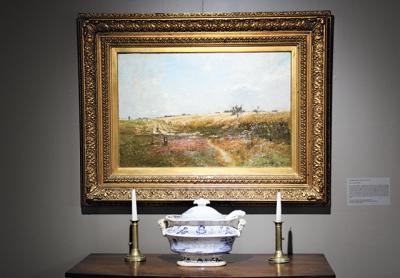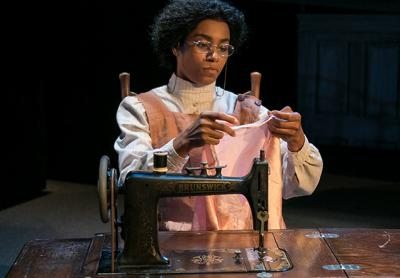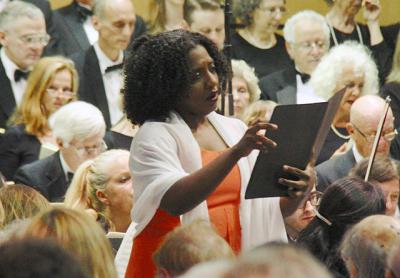A Beach Read for the Art Set in Bridgehampton
A Beach Read for the Art Set in Bridgehampton

With a wide span of years and no real focus, the show “Moving Targets: American Art From 1918 to 2012” is as rambling as its title suggests. Still, it has enough standout pieces to make it worth a look.
The show, at Mark Borghi Fine Art in Bridgehampton, features a huge canvas piece by Gene Davis, who merges his vertical-strip style of painting with larger bands of color and blank sections on either side and in the middle. Davis, a sportswriter, became a painter in the late 1940s near the height of Abstract Expressionism. He eventually became known as a Color Field artist, but never really left his native Washington, D.C. He is not a household name, but his colossal canvas is attention-grabbing and looks right at home with a nearby Kenneth Noland painting.
In the same room is a low John Chamberlain on a nearly flat plinth. Like a festive bow on a present, it is made up of metal pieces painted with stripes. The pretty spring colors also make it look like a flowering shrub. In keeping with the theme, two of his “Birthday Cards” in painted metal are in the rear room.
Even more interesting are the miniature Chamberlain sculptures in the next room. One, in which he used resin and watercolor on paper, mimics the composition of his metal sculptures. The other, a stylized noose-like shape made from aluminum foil in the 1980s, was a tiny inspiration for the colossal sculptures he made in the years before he died in 2011.
Dorothy Dehner, who was married to David Smith for over 20 years early in her career, came into her own after their divorce in 1950. She was featured in last summer’s show about Atelier 17 at the Pollock-Krasner House in Springs. Here, in a painting from 1953, her work looks kind of Cubist, a series of planes, doors, or windows. In shades of gold, yellow, gray, white, and tan, it’s a tonal work that suggests the metal materials of sculpture.
A Robert Motherwell collage is from a similar era (the ’60s) as two paintings by Nicholas Carone, a lesser-known Abstract Expressionist who has recently received revived attention. “Ear of Earth” and “Escape Plan” are about two years apart. Each has a patchy composition, painted in muted tones.
Willem de Kooning is represented by two paintings and a charcoal drawing, something sweet he might have made for his daughter, Lisa. Of the paintings, the earlier one, “Woman on a Rowboat,” is easier to love. Neither one screams de Kooning, but the earlier work, from 1964, uses a recurrent subject from his drawings of the same year. Richard Schiff, a professor at the University of Texas, has noted that the artist became fascinated by the subject after observing a figure he spied in a boat in East Hampton and her constricted and expansive movements. The later painting from 1989, is pretty, with pastel blues, pinks, greens, and yellows, but forgettable.
Going back even earlier, the gallery displays two Marsden Hartley paintings from the early 20th century. Hartley’s career was marked by travel, both domestically and in Europe. Two of his better-known journeys are represented here. “Cactus” appears to be from a series of paintings he executed from 1918 to 1924 while in the Southwest, as one of the many artists who made a pilgrimage there. “Still Life (Berlin)” comes from the same period, but references an earlier time; Hartley was in Germany in the years leading up to World War I. A relatively straightforward bowl of fruit, it appears to be a hybrid of Cézanne and Synthetic Cubism.
Jumping forward, a number of works from the late 20th century represent many diverse impulses. Arman’s “In Favor of Admission,” a 1970 work, incorporates hundreds of Metropolitan Museum of Art admission buttons in a kind of Abstract Expressionist swirling rainbow of colors. That the museum no longer uses the buttons imbues the piece with the unintentional pull of nostalgia.
A diminutive Jean-Michel Basquiat from 1982 is worth noting. An Urs Fisher bronze statue of a “Little Girl” helps brings the survey into the 21st century. Richard Artschwager, Donald Baechler, Sonia Delaunay, Jimmy Ernst, Sam Francis, Helen Frankenthaler, and quite a few others round out the mix. It’s a light show, perfect for summertime reflection, a beach read for the visual art set.






